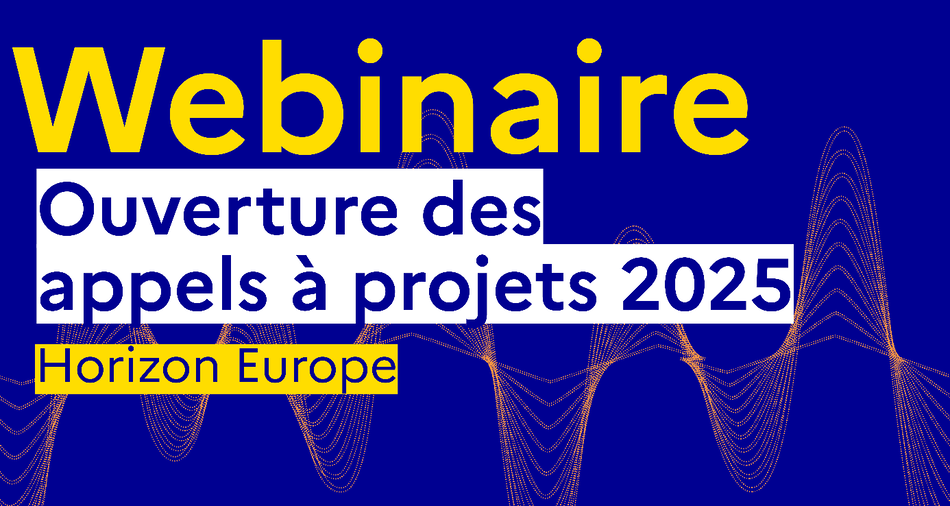Expected Outcome:
Research results are expected to contribute to all the following outcomes:
- Validated mechanisms of personal injuries leading to significant long-term consequences, for all road users (pedestrians, bicyclists, motorcycle riders, car and bus drivers and occupants, etc.).
- Established system for classification of long-term injuries, including methods for follow-up of personal injuries for the required time after a crash.
- Validated tools and methods for the assessment of injuries leading to long-term consequences, such as upgraded virtual human body models.
- Preconditions to develop policy, regulatory, and standard requirements for the purpose of reducing serious injuries, in particular those with long-term consequences.
- A general upgrade in protection for all road users through safe and robust countermeasures and solutions.
Scope:
In addition to fatal and near-fatal injuries, personal injuries with long-term consequences continue to pose a threat to personal mobility. Particularly pedestrians, bicyclists, and motorcycle riders, as well as users of new mobility devices, have a high risk to sustain personal injuries with long-term outcomes, such as brain and neck injuries. In cars, despite new collision mitigation systems, low and medium severity collisions may still cause similar permanent neurological disorders to occupants. Long-term injuries to both the upper and lower extremities are further examples, occurring among all road user types. As of today, neither any standardized nor any accepted method exists for the evaluation of solutions to reduce long-term outcomes. In addition, there is a need to include more aspects of human variability like age, sex, weight, and stature, with particular focus on long-term disability.
Several research areas, also social sciences, are required for the sake of understanding and reducing the long-term consequences fully. Cognitive capabilities could for example be impaired by physical head trauma, and there is at the same time a need for more knowledge of psychiatric impairment related to posttraumatic stress or reduced quality of life. In other words, cognitive issues and depression have to be fully recognized as potential long-term consequences of road crashes.
More research is needed to establish a relevant system for classification of long-term or permanent disability that can be used for the development and design of future protective solutions as well as policies and requirements. There is a strong need for refined knowledge of the relations between initial injury and long-term consequences of personal injury, which will demand new in-depth crash data for the reconstruction of collisions combined with long-term injury follow-up. New models for measuring long-term consequences will need a lot of real-world data to become validated. In-depth analysis of data from hospitalized patients will in this perspective also continue to be needed as well as efficient means to follow up on psychiatric impairment measurable. Hence, new efforts in accident research are required, as well as the most related social sciences (economics and psychology), further to research in biomechanics, vehicle crashworthiness, and other aspects of crash dynamics. New technologies open possibilities for gathering new types of data with higher levels of detail.
Virtual testing tools are crucial for new more efficient evaluation methods, and accordingly further development of human body models (HBM) is particularly important. The effectiveness of new systems should for instance be assessed in a wide range of crash load cases, which the current test dummies cannot support, and another possibility with the use of virtual HBM will be to evaluate integrated and adaptive safety at a significantly higher level of detail. The potential of HBM to be usable for the evaluation of long-term injuries in product development is strong and will be supported by further multidisciplinary research. Research is also needed to assess any limitations in this respect and, if applicable, examine how best to complement HBM with Anthropomorphic Test Devices and physical tools.
Virtual methods with HBM should not only be developed further for passenger car safety, but for the purpose of assessing personal protection equipment, forgiving road infrastructure (including road surfaces), and the protection of motorcycle, moped and bicycle riders, as well as pedestrians and users of new micro-mobility devices against long-term injuries. Virtual HBM need to reflect human variability, and there is a particular need to focus attention on children in all different road user roles, e.g. preteens in passenger vehicles who normally are not seated in child seats, yet often too small to be fully protected by current vehicle integrated safety systems.
New and upgraded vehicle interiors (including non-conventional seating and new interior features) of highly automated passenger cars, shuttle buses (including minibuses), and other driverless passenger vehicles, will play an important role in the efforts to raise the road safety level further regarding passenger vehicles. Persons who are standing, for instance passengers in public transport, should also be included. Market drivers (e.g. increased automation, comfort, and infotainment) will be reinforced with safety-intended development strategies when supported by relevant research and policies regarding long-term consequences.
Research within this field is expected to recommend upgrades to concerned policies, regulatory requirements, and standards. For this reason, international cooperation is recommended.
Findings, knowledge, and experience are encouraged to be shared with other fields, such as certain sport, recreation, and work activities, as well as with other transport modes, which may have similar issues regarding personal injuries with long-term consequences as road traffic, although a different incidence.
Actions should take into account the results of previous EU research projects in that domain (e.g. Seniors, VIRTUAL, SafetyCube).
Integration of relevant expertise from social sciences and humanities (SSH) and international cooperation with partners from the US and/or Australia is encouraged.





